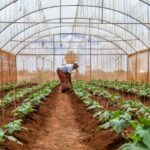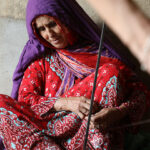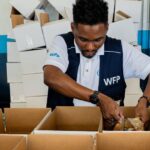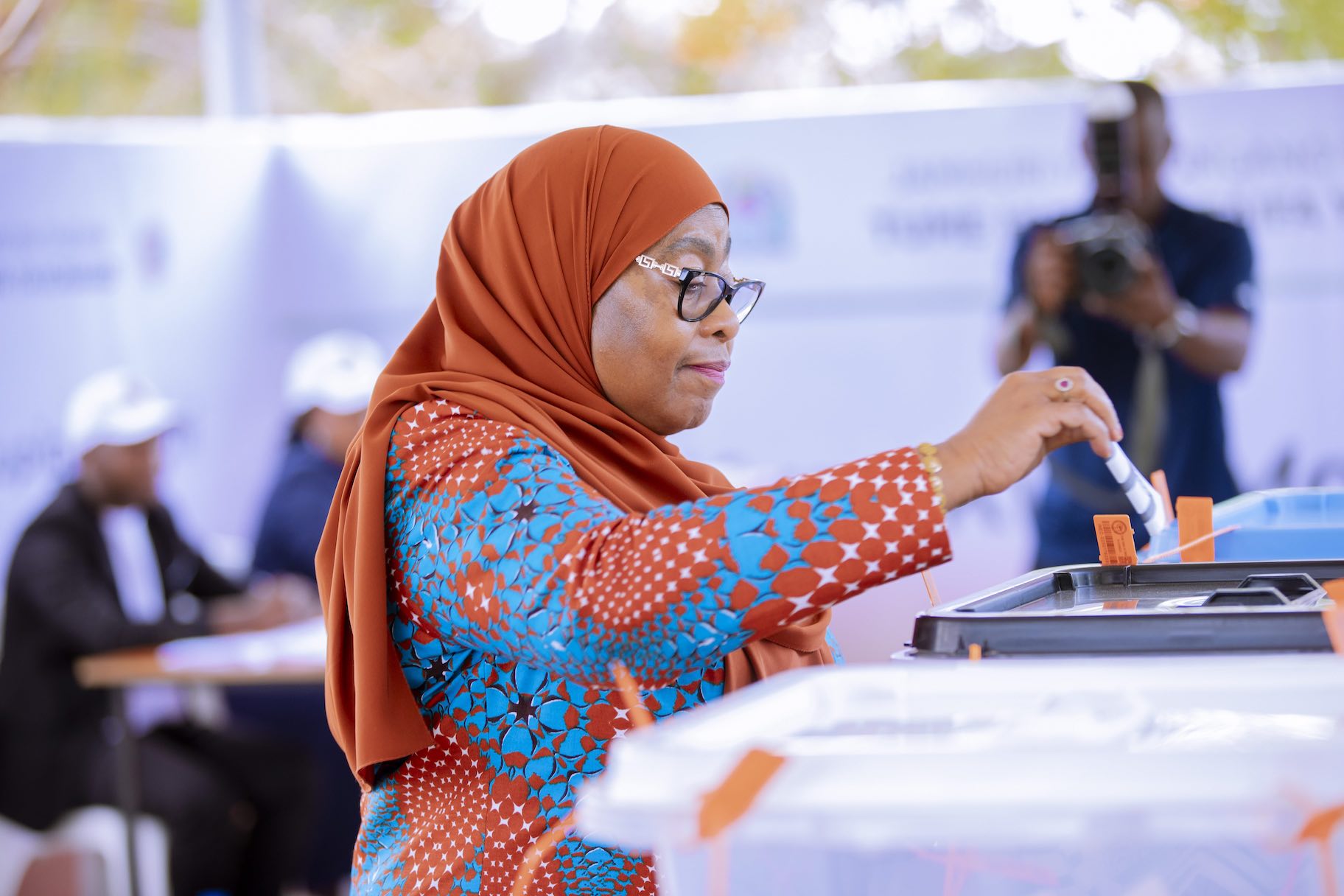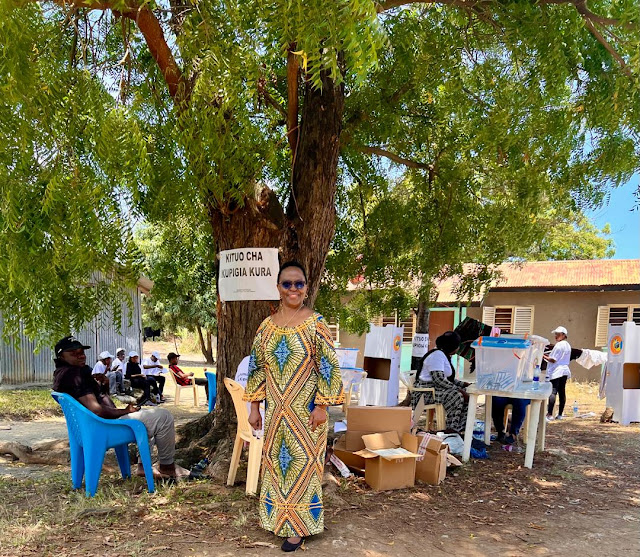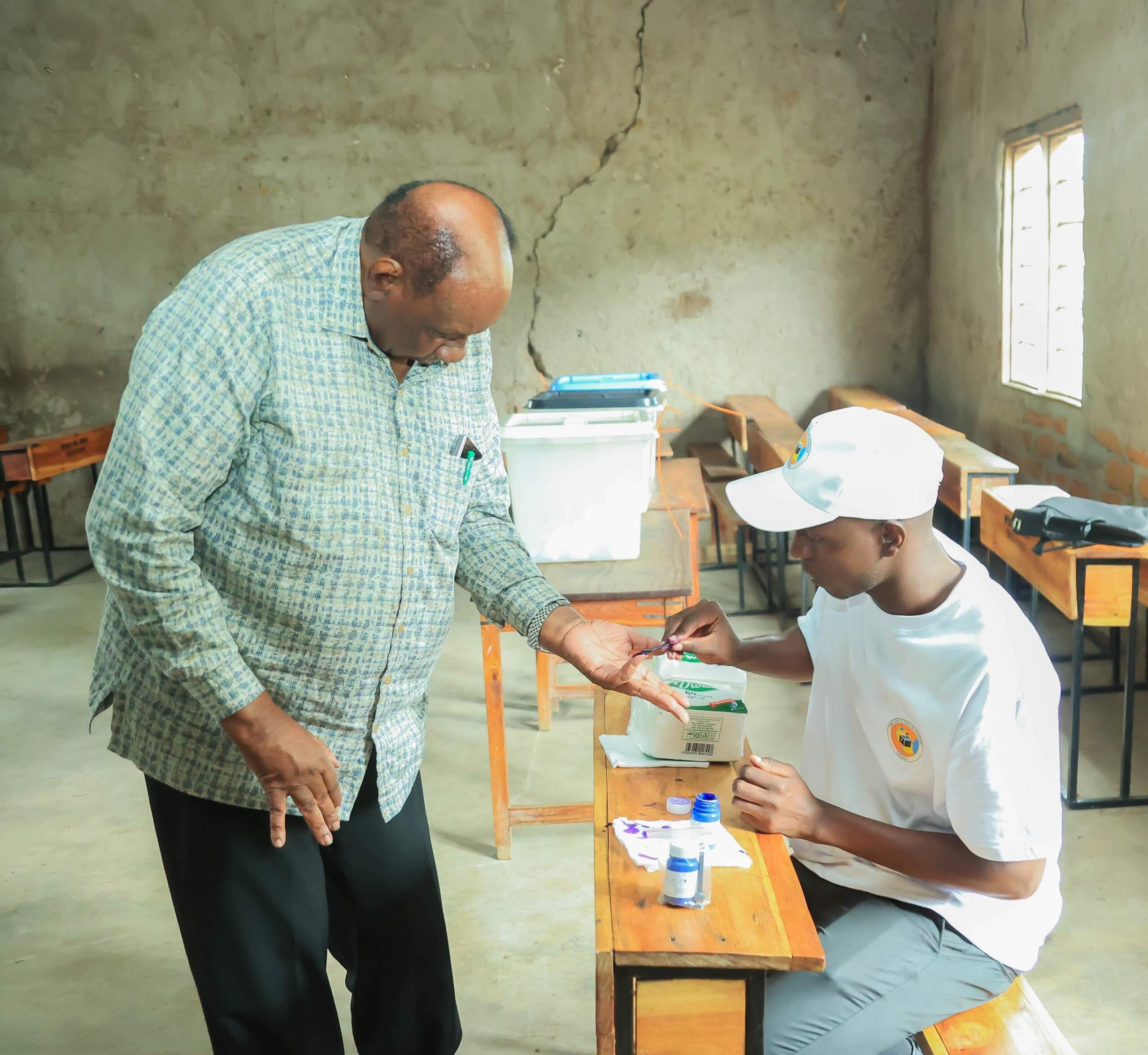By: Erca Uiso, Marketing Coordinator – CFAO Mobility Tanzania
This year, as I boarded the Standard Gauge Railway (SGR) from Dar es Salaam to Dodoma for the Nane Nane exhibitions, I had more than a business trip in mind. I had a mission. The rhythmic motion of the train across Tanzania’s vast landscapes gave me the perfect window to reflect on the promise—and the challenges—that lie at the heart of our nation’s agriculture sector.
Every passing field told a story of opportunity. From maize and sisal plantations stretching endlessly in Morogoro to grape yards painting Dodoma green and red, Tanzania is blessed with fertile land and hard-working farmers. Yet, as I spoke with farmers, agri-processors, and stakeholders at Nane Nane, a recurring theme surfaced: the gap between potential and prosperity is often defined by mobility.
The Hidden Cost of Poor Transportation
One farmer shared with me how almost a quarter of his tomatoes never make it to the market, not because of poor harvests, but because of poor roads, unreliable trucks, and delays that turn fresh produce into waste. Another cooperative representative explained how dairy products lose value during long, inefficient journeys to processing centers.
This loss doesn’t just hurt farmers. It ripples across the entire economy, impacting food security, agribusiness profitability, and even the confidence of young entrepreneurs who are eager to venture into agriculture but fear logistical setbacks.
Where Transportation Meets Transformation
Standing among thousands at the Nane Nane grounds in a CFAO Mobility exhibition booth, I realized something simple but profound: transportation is not just about moving goods; it is about safeguarding value. Reliable, efficient, and innovative mobility solutions can bridge the gap between farm gates and profitable markets.
That is exactly where CFAO Mobility steps in.
With decades of experience delivering world-class automotive and mobility solutions across Tanzania, CFAO Mobility is uniquely positioned to address this gap. From robust trucks engineered to withstand rural terrains to modern fleet management systems that ensure timely and cost-effective deliveries, we provide more than vehicles—we provide assurance.
Imagine a network where farmers can transport perishable goods with confidence, processors can receive inputs on time, and exporters can meet international standards without fear of losses. That is the ecosystem CFAO Mobility envisions and actively supports.
A Journey of Shared Growth
What I witnessed at Nane Nane was not just an exhibition—it was a collective vision of Tanzania’s future. Universities showcased agricultural innovations, youth-led startups pitched agritech solutions, and cooperatives highlighted the untapped potential of value chains. All of them had one underlying need: reliable transport solutions that connect opportunity to outcome.
At CFAO Mobility, we see ourselves not only as a provider but as a partner in this journey. Whether it’s a farmer in Mbeya who needs dependable trucks to move avocados, or a sunflower oil processor in Singida scaling up distribution, we stand ready to deliver mobility solutions tailored to Tanzania’s agricultural ambitions.
From Vision to Action
Agriculture contributes over 25% to Tanzania’s GDP and employs nearly 65% of the population. The sector’s potential is undeniable. But potential alone is not enough—it must be unlocked through systems that work.
Transportation is that system. It is the silent engine that turns harvests into income, efforts into profits, and dreams into realities. And it is the system CFAO Mobility is proud to power.
As I left Dodoma after this year’s Nane Nane, I carried with me not just the stories of farmers, but a renewed conviction: with the right mobility partner, Tanzania’s agribusiness potential is not just a vision—it is an inevitable reality.
CFAO Mobility is here to make that journey possible. Reliable, resilient, and rooted in Tanzania’s growth story.
